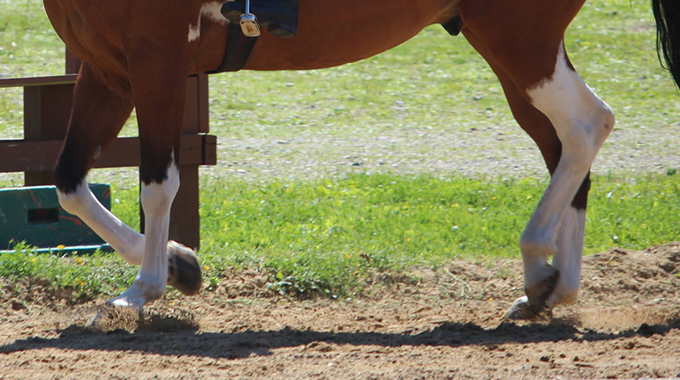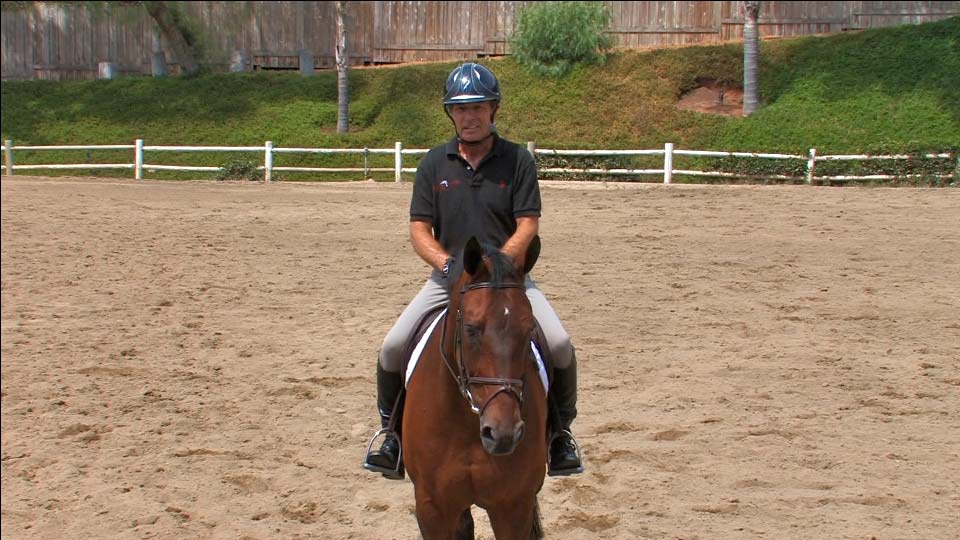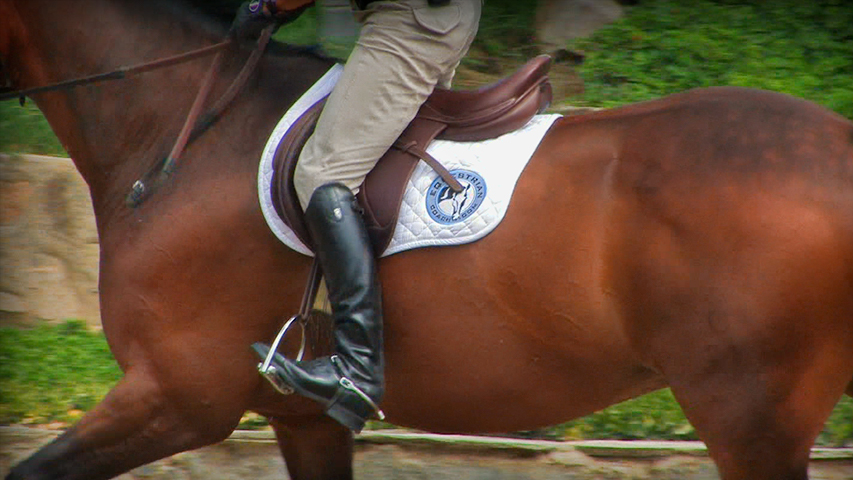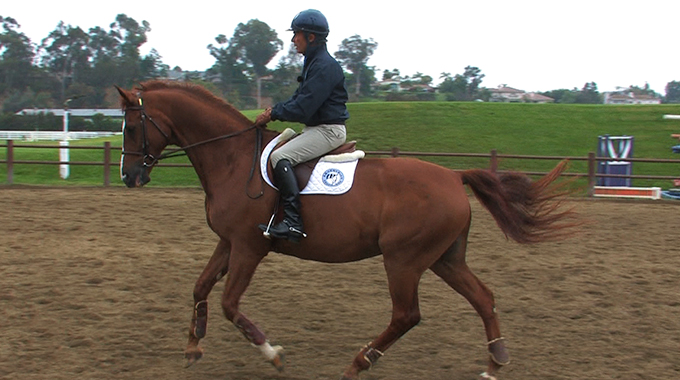Robert Gage
- 05 Oct, 2018
- 0 Comments
- 3 Mins Read
An Exercise to Teach a Horse to Collect the Canter and Not Break to the Trot
Featured Image Credit (CC): thisisamyt on Flickr
Submitted by member: Darine
Hello, I would love some tips about how to shorten the stride of a horse in canter without falling into trot. I don’t have my own horse for now, but I ride two horses very often and have that problem with both of them. My coach tells me that it would be harder due to the fact that lower levels ride them too, and so they’re not always used to what I’m asking them to do. I’ve done lengthening and shortening strides on the long and short side of the arena, which I find difficult because I feel like I end up pulling on the reins rather than using my pelvis and legs. One horse is 17hh and so gets quite strong, the other is 15.3hh but is quite a hot headed horse. Can you please give me a few tips on how to shorten the stride of a horse without losing impulsion? I would greatly appreciate it.
Answer by Rob Gage
Here’s the exercise I’ve found useful over the years. Once we begin to canter, I start circling all the fences in the arena one at a time. So, if there are 10 jumps in the ring, that makes 10 smallish circles. Most horses demonstrate one direction that they have more difficulty holding the canter, so I start with their difficult direction first. I then go the other way and finally repeat the first direction over again. That way, they practice their difficult lead twice. Of course, during some point of the circles, horses will still tend to fall back into a trot, because it’s easier for them and it’s more comfortable for them as well. So, it’s up to you as the rider to try and feel when your horse is about to break stride and touch them with a light spur just before or as they break. If he does completely fall out of the canter, no problem (it’s bound to happen), just add a quick leg or spur until he jumps back into his canter, then you can continue with your circling exercise
Good luck!
More Learning
For more blog topics on similar issues click on the links below:
Troubleshooting: Getting Your Horse In Front Of Your Leg by Geoff Teall
How to Get a “Quiet” Horse to Pick Up the Canter Promptly by Bernie Traurig
Video Recommendations:
Getting And Keeping The Dull Horse In Front Of Your Leg
Bernie Traurig
Is your horse dull to your leg? Are you constantly nagging your horse with your spur? Are there worn patches on your horse’s side from heels that are constantly asking for forward momentum? Bernie has the solution.
Running Time: 15 minutes and 8 seconds
Equitation Tips – Impulsion
Bernie Traurig
In this second video from the Equitation Tip Series Bernie looks at a common trait that the top equitation horses in the country share. They are all in front of their riders’ legs, allowing for beautiful upward transitions that appear to be invisible. These horses are trained by their riders to be light to the leg and Bernie shows us how to achieve this with your horse.
Running Time: 4 minutes and 35 seconds
Controls Of The Horse Part Two – Leg Aids
Bernie Traurig
Bernie illustrates, for all the basic jumping disciplines, the significance of the correct position & timing of leg aids as a powerful blend with the rein aids. Teaching independent and prompt responsiveness to leg aids will result in clear, effective communication with your horse when used in conjunction with the rein aids for ultimate control in the ring.
Running Time: 35 minutes and 43 seconds
Have Something You Want to Ask Our Panel of Experts?
Ask The Experts is the ultimate way to get help from the top professionals in the equestrian industry without leaving the comfort of your home. This service is available to Monthly, Annual, and Lifetime Members of EquestrianCoach.com.




